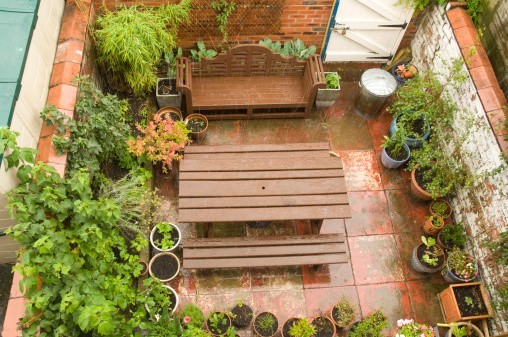Urban agriculture is the process of cultivating and distributing food in a town or city as opposed to traditional agriculture which would occur in rural areas. Urban agriculture methods range from institutional large-scale city farms to at-home container gardening.
Urban Agriculture As Defined by PowerHouse Growers
In high density cities, urban agriculture is a commitment to local food production whether it may involve the city’s residents through community gardens or it may be performed on a smaller scale through at-home organic food production. Urban agriculture takes many forms using multiple methods and mediums. But no matter which city is in question the overall benefits of its urban agriculture efforts are vast and long-term.
Benefits Of Urban Agriculture
Food production is a critical issue in our ever-expanding population. Fortunately with advancements in gardening technology, urban agriculture has become economically viable offering a variety of environmental, economic, and social benefits.
 Environmental
Environmental
In traditional agriculture processing, food had to be grown in rural locations on large plots. This method uses an extreme amount of water and energy. Additionally, the transportation of the food into the communities also takes its toll on air quality and other environmental impacts.
Multiple, smaller urban plots cut down on water and energy consumption and virtually eliminate the damages caused by transportation. This overall reduction in carbon footprint make the city a much healthier and more liveable area.
 Social
Social
There is much reason to believe that the presence of urban agriculture leads to happier and productive lives of the people who benefit from the urban green space.
In addition local gardens connect people through similar interests building a stronger community.
Urban agriculture leads to higher employment, better health and nutrition, increased income, and greater food security. Community gardens are also often times part of charitable programs which support families in low income neighborhoods.
Economic
Due to new gardening technologies like hydroponic and vertical farming, it is now possible to maximize urban space and produce more fresh food than ever before.
It’s now easier to achieve all the benefits delivered by urban agriculture in an economically viable way – producing more food at lower cost.
Types Of Urban Agriculture

At home and depending on the available space, residents may choose balcony container gardening, vertical window farming, or hydroponic planter counter-top gardening.
Another popular trend in both commercial and resident urban agriculture is the use of aquaponic systems. There’s also livestock options such as urban chicken coops.
Urban Agriculture Global Case Studies
London
With a population of over eight million, London has not always been a prime example of sustainability. Historically, residents of London have been hit with severe economic, social, and environmental disadvantages that have hindered their prosperity. However, in recent years local leaders have had the foresight to turn derelict properties throughout London into preserve urban agriculture sites.
One such organization, Cultivate London has used its vision to address the economic, social, and environmental issues and offer terrific benefits to communities in West London. The group’s three main objectives include providing horticultural training programs and work opportunities for unemployed youth in the area; to turn vacant lots throughout West London into food production sites, and to promote nutrition and local food consumption to residents.
The people behind this organization see that the success of health and prosperity in London largely depends on the quality of food consumed and the education the positive impact local food systems will have on the city. Jolly good!
Mumbai
Poverty is amass in Mumbai with an estimated one million residents living in slums. Malnutrition leads to large-sale socioeconomic issues that compound over time. The only way to change this course is by providing residents with the tools and education necessary to sustain themselves in the healthiest way possible. This is what Urban Leaves believes and it’s why their volunteers spend countless hours working towards promoting sustainable food production around Mumbai.
Urban Leaves works on collaborating with individuals and other groups around Mumbai to set up community and rooftop gardens and other urban agriculture sites including projects in schools. In August of 2013, they celebrated World Kitchen Garden Day which rallied over 200 participants from around Mumbai to support and educate each other on the value of kitchen gardening. It is also a brilliant way to encourage new participants to further promote sustainability through urban agriculture.
Urban Agriculture In Future Cities
As city planners around the world look towards other global leaders for top trends to incorporate into urban design, designated agriculture plots are of top priority. Sustainability through food production will be the foundation of urban planning as the economic, social, and environmental benefits continue to increase. A healthy and productive future city depends on a well-integrated and developed local food system accessible by everyone.




